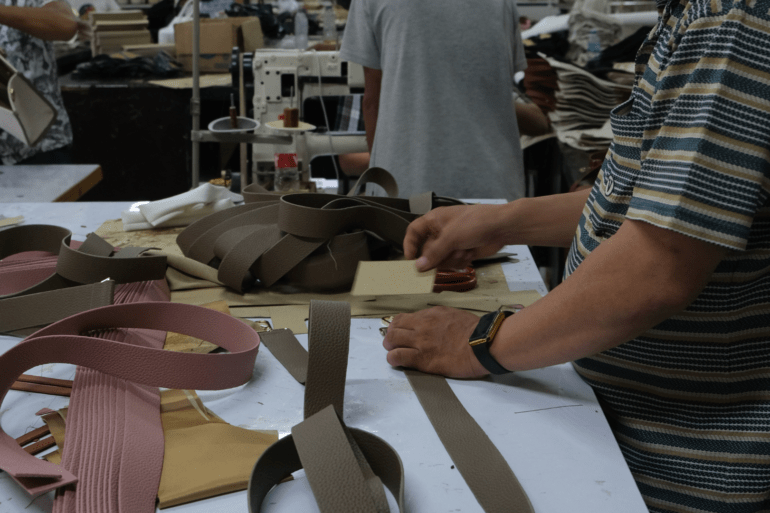
5 Best Technologies Leading Textile Innovation
We know that the fashion industry is always at the forefront of innovation. Textile technology and textile innovation, as part of it, are developing rapidly. In terms of fashion innovation, the industry is future-oriented and consumer-focused on how clothing and accessories are designed, produced, distributed and marketed and how and where garment textile technology was born.
Let’s take a look at the 5 Best Leading Textile Innovation Technologies for the Fashion Industry that you should know:
Virtual clothing
Everything is moving towards a more online world. It’s no surprise that the fashion world is also finally able to try on clothes virtually. By entering basic information into the app such as gender, height and weight, it is now possible to digitally visualize fashion designs how the clothes will look, but also feel the textiles of those fabrics through the screen.
Recycled fabric against plastic pollution
Everyone knows by now how dangerous plastic is on our planet. Our planet is swimming in it, literally, because it pollutes not only our land but our waters as well. The sad fact is that there are 8.3 billion tons of plastic in the world!
But the good news is that there is a new textile innovation in the fashion industry battling plastic pollution. For example, Remeant takes single-use plastic packaging mainly industrial waste from factories and turns it into sustainable textiles that can be used in fashion clothing and household appliances. While other brands take plastic bottles and turn them into yarn that can be used in a variety of ways.
Brands that reuse plastics help address the ongoing threat to our planet. Plastic already exists so reusing it will prevent it from being buried in the landfill.
Using technologies that change plant resources and plastic waste into new textiles
Long ago, leather and fur were popular materials, next to cotton. But as time goes by it has changed. And because of textile technology, it is now easier to switch to eco-friendly textiles. Currently in the fashion world, there are many textile innovations made from fruit, skin made from cactus, and single-use plastics and even given a new chance at life. When it comes to plant-based leather textiles, there are many variations available.
While it’s great that more brands are using plant-based ingredients that are thankfully biodegradable, we can’t deny that our planet is drowning in plastic. At best, plastics will decompose slowly over time, at worst some plastics will never break. Fortunately today, companies like Remeant have invented innovative textile technologies that turn plastic waste into high-quality textiles that can be used in all types of fashion, from clothing to bags to footwear.
3D Fashion
Ever wondered if we would live in a world where we could print our own clothes? Well, it turns out that might not be too far-fetched! 3D printing is gaining popularity, mainly because it can be used to make fashion clothes. This sustainable approach has no dead rags hanging around and will also have minimal waste, if any. It is now possible to print leather and even fur and create never-before-seen shapes and geometries.
Digital textile library for designers
Since we are currently in the digital era, today’s designers can find almost any textile on the internet. There are many new materials and textile libraries appearing every day. Given that growing investment in textile technology is currently being poured in.
The main challenge for the library is to find a way to keep up with the rapid changes and demonstrate how the material looks and feels in reality. Moreover, since the pandemic, many exhibitions have gone digital and people can attend virtually and see the latest designs live on their screens while sitting in their living rooms.
Besides that, of course there will always be people who prefer to touch and see everything with their own eyes.
Towards a promise future
Combining fashion innovation and digital world technology, these new textile innovations and technologies take us forward into the new normal futuristic future. When technology creates textiles and visions become reality.
